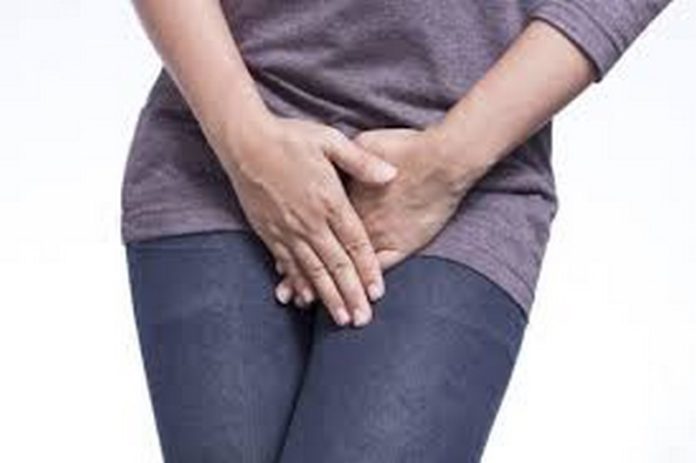Bacterial vaginosis is a type of vaginal inflammation caused by the overgrowth of bacteria naturally found in the vagina, which upsets the natural balance.
Women in their reproductive years are most likely to get bacterial vaginosis, but it can affect women of any age.
The cause isn’t completely known, but certain activities, such as unprotected sex, over-cleaning, smoking, and perfumes/fragrances, increase your risk of getting it.
Prevention
To help prevent bacterial vaginosis:
- Minimise vaginal irritants. Use mild, non-perfumed soaps and unscented tampons and sanitary towels.
- Don’t douche. Your vagina is self-cleaning and despite what we have been told or the feminine hygiene products they try and sell us, it does not require anything but water. Douching throws of the vaginal PH balance and increases your chance of getting BV.
- Avoid a sexually transmitted infection. Make sure you always use a condom during intercourse to minimise your risk of an STI.
Symptoms
Not every woman gets symptoms when suffering from BV, however, when they do occur BV symptoms can range from:
- A grayish white or yellow vaginal discharge
- A “fishy” smell that can get worse after intercourse
- A burning sensation when urinating
- Vaginal itchiness, redness, and swelling
- Vaginal bleeding after intercourse
Less commonly, a BV infection may lead to problems urinating, painful intercourse, and even develop into pelvic inflammatory disease (PID).
Although, for the most part, BV symptoms are not serious, it can damage vaginal tissue if left untreated and increase your risk of catching STDs like chlamydia and HIV.
These are the symptoms of Bacterial Vaginosis:
Diagnosis
Make an appointment to see your doctor if:
- You have vaginal discharge that’s new and associated with an odor or fever. Your doctor can help determine the cause and identify signs and symptoms.
- You’ve had vaginal infections before, but the colour and consistency of your discharge seems different this time.
- You have multiple sex partners or a recent new partner. Sometimes, the signs and symptoms of a sexually transmitted infection are similar to those of bacterial vaginosis.
- You try self-treatment for a yeast infection with an over-the-counter treatment and your symptoms persist.
A doctor will examine your vagina for signs of vaginal discharge. Your doctor or nurse can also perform laboratory tests on a sample of vaginal fluid to determine if BV is present.
Treatment
BV will sometimes go away without treatment. But if you have symptoms of BV you should be checked and treated.
It is important that you take all of the medicine prescribed for you, even if your symptoms go away.
A doctor can treat BV with antibiotics, but it’s important to remember that BV may return even after treatment.
If you have BV that keeps coming back, probiotics may help. But ask your doctor before trying any supplements. Your doctor can help you figure out the best treatment if you are dealing with chronic BV.
However, if medication is not something you feel comfortable taking, there are more holistic ways of dealing with BV.

